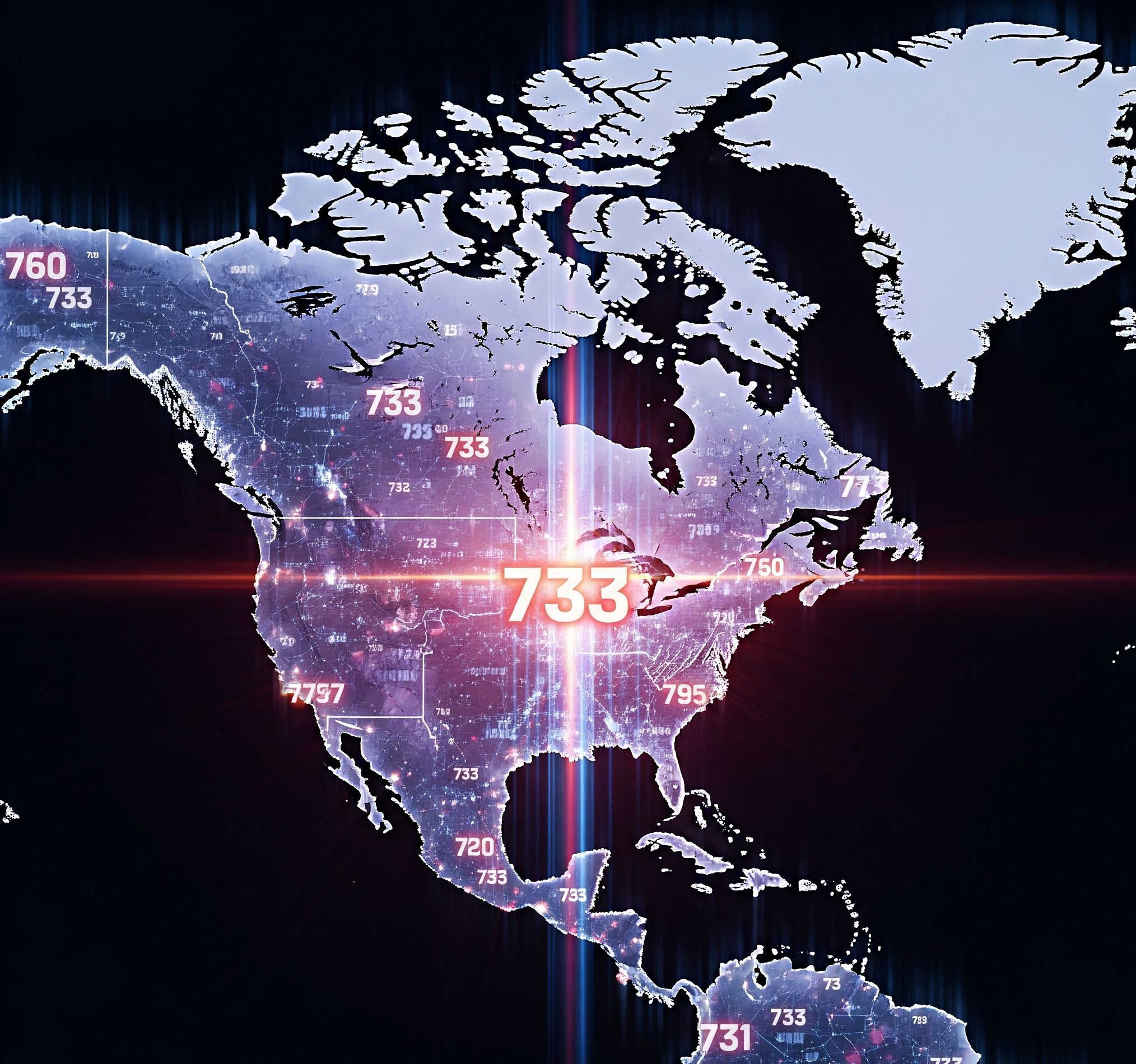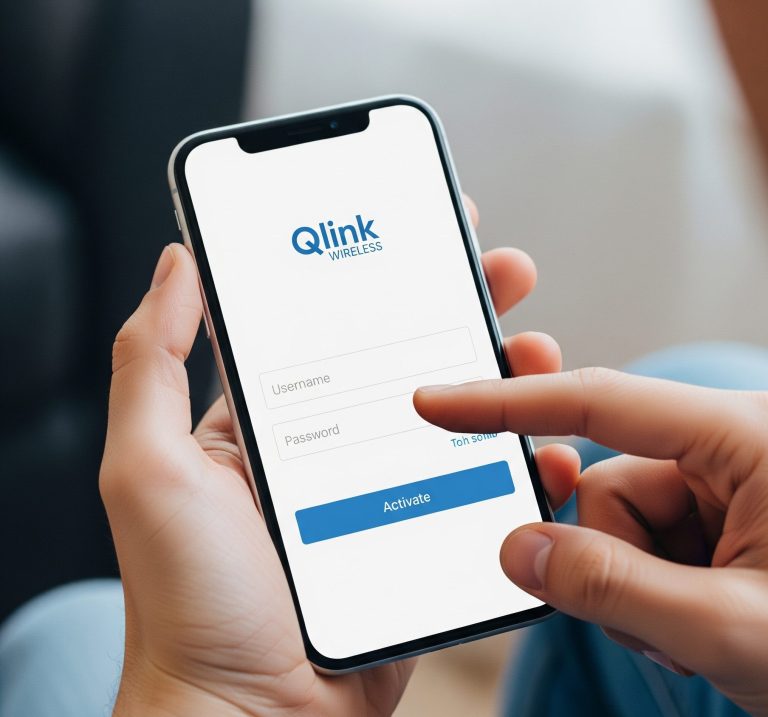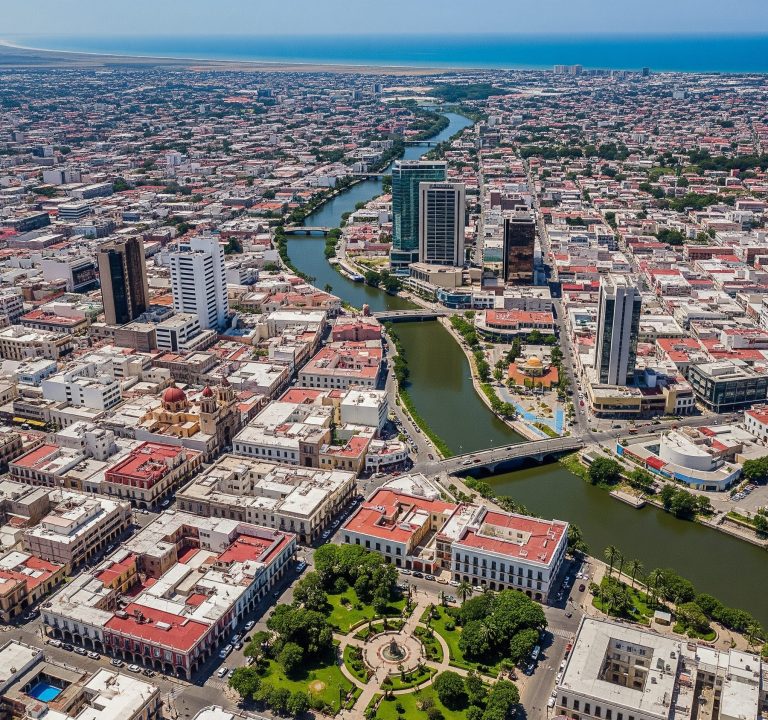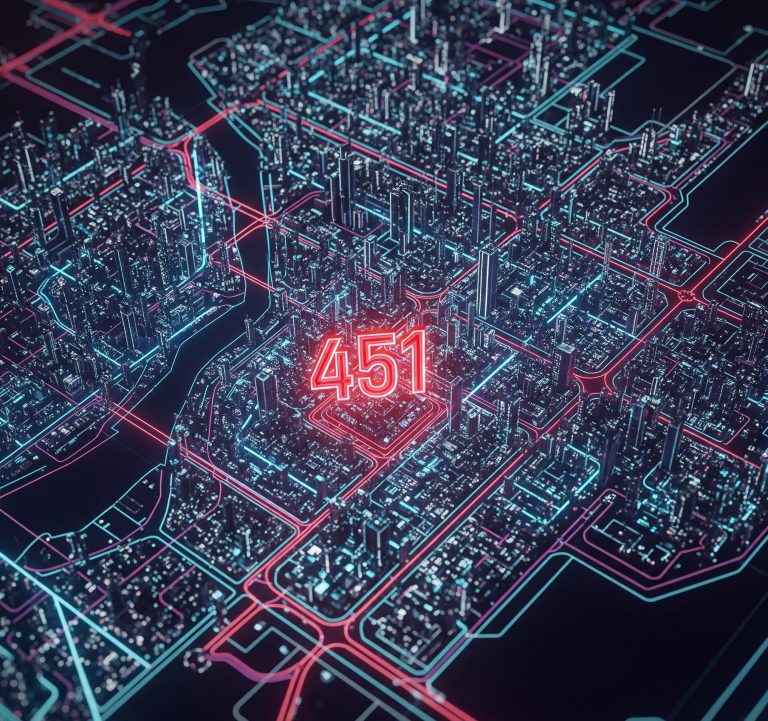Have you ever come across a phone number with the 733 area code and wondered where in the United States it’s located? If so, you’re not alone. The quest to identify the geographical region associated with the 733 area code has left many people intrigued, but the answer is not as straightforward as a simple pin on a map.
Unlike the familiar area codes that define specific states, cities, or regions across the country, the 733 area code is not a designated geographical area code within the North American Numbering Plan (NANP). This means you won’t find a “733 region” in the same way you’d find one for New York City’s 212 or Los Angeles’ 213. The absence of a dedicated geographical location is the primary reason why a search for the 733 area code often leads to more questions than answers.
Contents
Not an Area Code, But a Prefix
While the 733 area code doesn’t exist in the traditional sense, the number “733” is widely used as a central office code, or prefix, within other, established area codes. A central office code is the three-digit number that follows the area code in a standard ten-digit phone number. These prefixes are assigned to specific telephone exchanges within a larger area code region.
For instance, you might encounter a phone number formatted as (903) 733-XXXX. In this example, the area code is 903, which serves a significant portion of northeastern Texas, including the city of Texarkana. The “733” here is the prefix, indicating a specific exchange within the 903 area. Similarly, phone numbers with a “733” prefix can be found in various other area codes throughout the United States, each tied to a local exchange.
This is a crucial distinction. While the number “733” is a legitimate part of the telecommunications network, its role is that of a local identifier within a broader geographical area code, not as a standalone area code itself.
A Number with a Special Purpose: The Social Security Connection
Beyond its use as a telephone prefix, the number sequence “733” holds a unique and significant role in a completely different realm of government identification: Social Security numbers. The Social Security Administration (SSA) has designated the number series from 729 through 733 for a special purpose.
Specifically, Social Security numbers beginning with these three digits have been allocated through the Enumeration at Entry (EaE) program. This program, a joint effort between the Department of Homeland Security (DHS) and the SSA, allows certain noncitizens to apply for a Social Security number and card as part of the immigration process. Therefore, a Social Security number in the 729-733 range is an indicator that the number was assigned to an individual lawfully admitted to the United States for permanent residence or with temporary work authorization.
This specific, non-geographical use of the “733” sequence by a major government agency adds another layer to its identity, further distancing it from the conventional understanding of a telephone area code.

Debunking Misconceptions and Staying Informed
The proliferation of mobile phones and the increasing scarcity of available phone numbers have led to the creation of new area codes and complex overlay plans. This can sometimes create confusion about which area codes are valid and where they are located. It’s in this environment that misconceptions about numbers like the 733 area code can arise.
For the average American, the key takeaway is to recognize that a phone number with a “733” in the area code position is not a valid, dialable number for reaching a specific geographic region. When encountering a ten-digit number, it’s the first three digits—the actual area code—that will determine the location you are calling.
conclusion
while the search for the location of the 733 area code may not lead to a specific city or state, it uncovers a fascinating aspect of the North American Numbering Plan and its various applications. From serving as a local telephone prefix in numerous communities to its special designation by the Social Security Administration, the number “733” is a prime example of how numbers in our administrative systems can have multiple, and sometimes unexpected, meanings.







